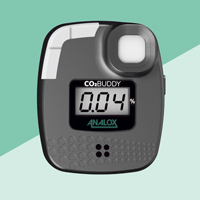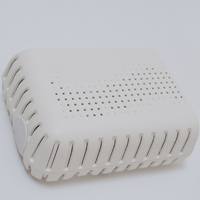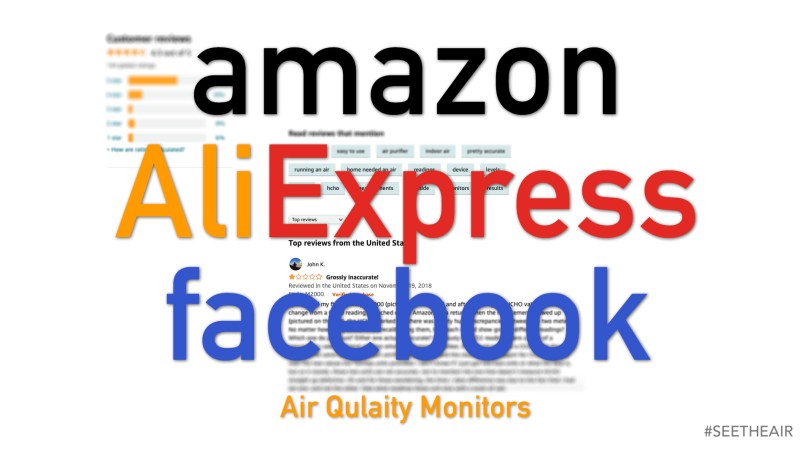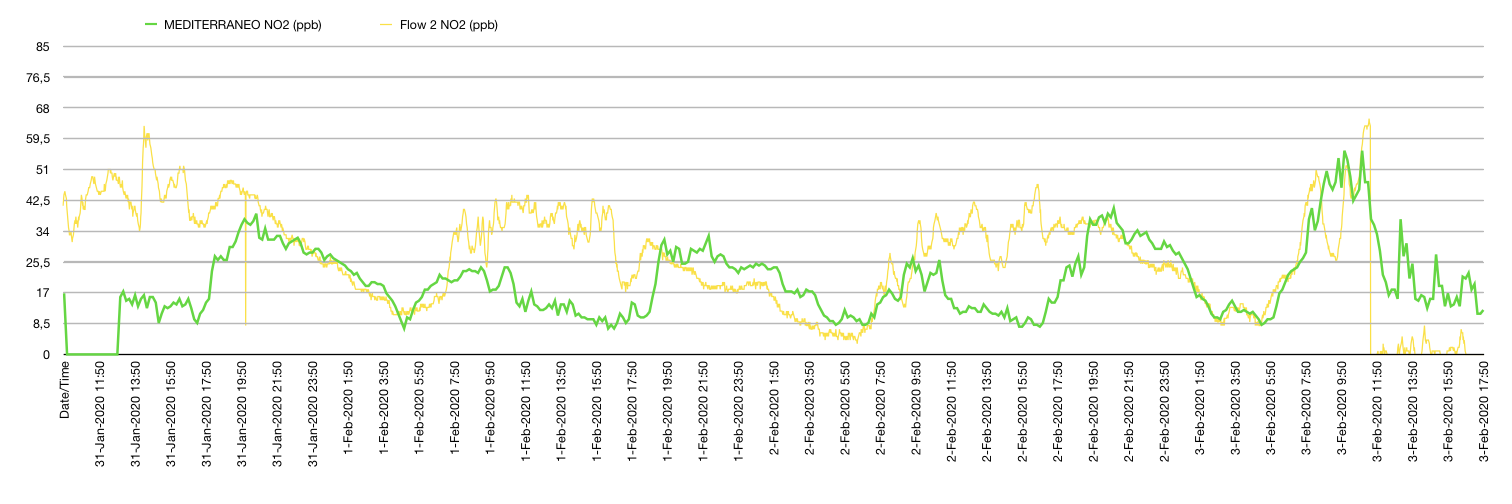I should have written this comparison a long time ago, but I was very busy the past few months. A lot of you have insisted, so here it is.
A CO2 monitor is the number one tool that can help us understand ventilation rates in indoor environments and consequently mitigate the spread of airborne viruses like coronavirus (SARS-CoV-2), but let’s not forget the common flu either.
Carbon Dioxide CO2 can decrease our cognitive ability. The correlation between CO2 and productivity has been studied a lot for over 50 years by many academics. Interesting facts, the design standard for CO2 levels in most buildings is 1000ppm but the recommended concentration is below 700ppm. In one of the studies, Harvard researchers have found significant negative impact at 930 ppm.
According to World Green Building Council, they estimate the reduced absenteeism through sick days to be worth ~$35/m2. Again the World Green Building Council estimates that if employees’ productivity improves by even a 5% because of better IAQ, that alone would be worth ~$400/m2.
The monitors are divided into two categories, the ones that can be carried with you (portable/wearable) and the fixed ones and in most cases professional solutions. Each monitor offers different characteristics. Sometimes just because it has more features, it doesn’t mean that it is the right tool for you.
Most of the monitors offer much more than just CO2 monitoring. We spend a lot of time indoors and a more holistic approach is needed sometimes when it comes to indoor air quality (IAQ) or indoor environmental quality (IEQ).
The monitors are:
- Analox CO2BUDDY
- Aranet4 HOME
- Awair OMNI
- Ethera Labs XT mini
- Kaiterra Sensedge mini
- Airthings Wave Plus
- Analox Air Quality Guardian
- airthinx IAQ
Analox CO2BUDDY
The CO2BUDDY is the only wearable CO2 monitor that can be used in so many places and for a variety of reasons. Very important for professionals that work in places where the conditions are extreme. Closed or crowded indoor spaces.
Aranet4 HOME
Aranet4 is a small and portable CO2 monitor that surprises people. It can be used as an indicator of productivity in schools and office buildings. It is packed with smart features for those that want to log measurements and share them later on.
Awair OMNI
Awair OMNI is a well-thought product that has one aim, to help professionals see the air and address potential issues. The Awair Display Mode allows users to display any information from the monitor to a big screen inside a bar, restaurant, office, school, etc. It features up to 8 hour battery and logs data on-device. It complies with the most common certifications from WELL V1, LEED, Fitwel, LBC, and RESET.
Ethera Labs TX mini
The Ethera Labs XT Mini ensures quality and competitive monitoring systems with great cloud platforms for all needs and budgets. By connecting the monitor to BMS, they manage to achieve energy efficiency while directly managing the ventilation system, as well as portable air purifiers. It is the only monitor that can be connected to a PC via USB and upload data locally.
Kaiterra Sensedge mini
The Sensedge Mini is a great and accessible choice for those that wish to get or not air quality certification by RESET, LEED, WELL, and others as the monitor complies with their requirements. The removable sensor modules reduce maintenance costs and ensure accuracy, something really important when you want to offer comfort and health to the building’s occupants.
Airthings Wave Plus
Airthings Wave Plus is designed for professionals and homeowners (different plans). It offers a great dashboard that makes air quality data comprehensive. Excellent low power CO2 sensor that runs on two AA batteries for up to 16 months and the colour LED ring can indicate the high CO2 levels. Additionally, it can measure Radon which is a radioactive gas.
Analox Air Quality Guardian
The Air Quality Guardian comes with a large LCD display that provides plenty of clear information for those professionals that don’t have the luxury of time to continually take their phones out of their pockets in order to check the CO2 concentrations and trends. Very loud alarm and great traffic light system🚦 where 3 LED lights will turn on depending on the concentration of CO2 in the indoor environment.
airthinx IAQ
Airthinx IAQ is designed for professionals, however, it is also available to homeowners too. The dashboard offers so many features that can really help you build a solid business model around it as you can rent the device(s) to third parties. The company provides a solid ecosystem of hardware and software, hard to resist.

All monitors deliver great CO2 measurements as I have tested them all. They all feature a non-dispersive infrared (NDIR) sensor which is the best among the low-cost sensors because of their accuracy and low-power consumption.
Each monitor has unique features, so read each review individually to discover if it is the right fit for you.
























